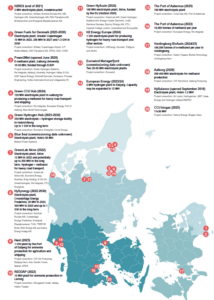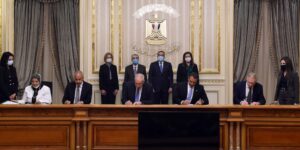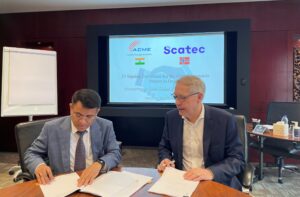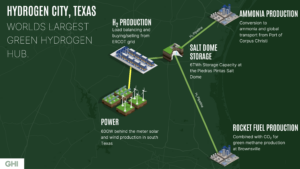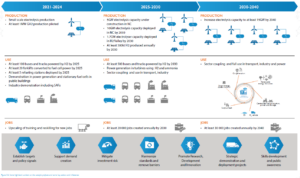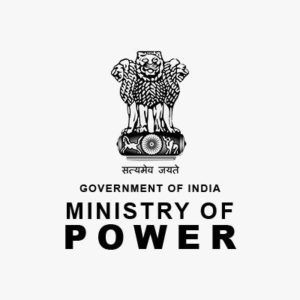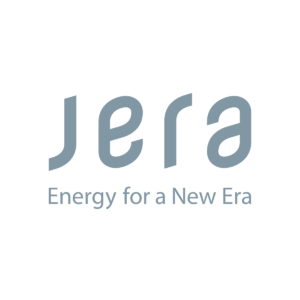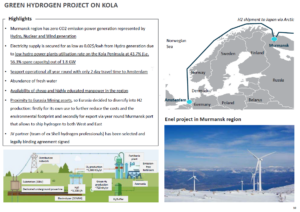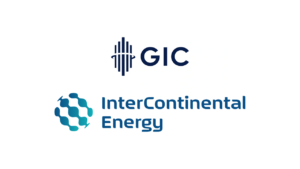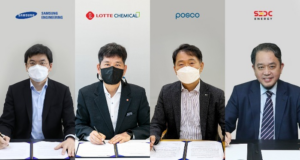Denmark approves national PtX strategy
Denmark’s new national PtX strategy has received bipartisan support from the country’s parliament. A number of policy levers - a government-backed tender process, a national electrolysis target, creating new regulatory frameworks and incentivising developers to build socially and economically responsible PtX projects - were approved. The suite of measures will unlock green fuel production potential across the country, with ammonia forecast to be the cheapest long-term option amongst the hydrogen derivatives.
